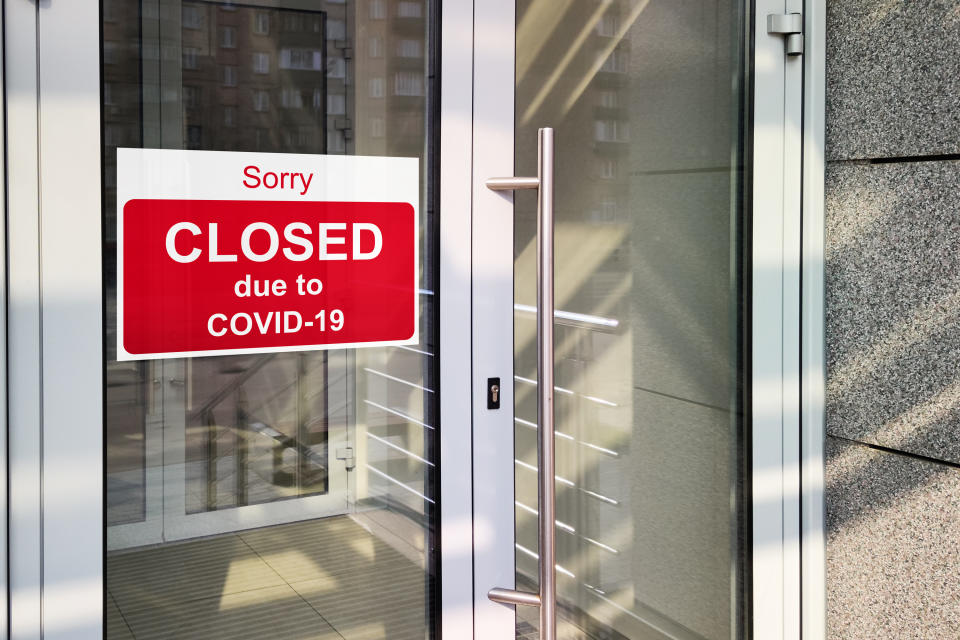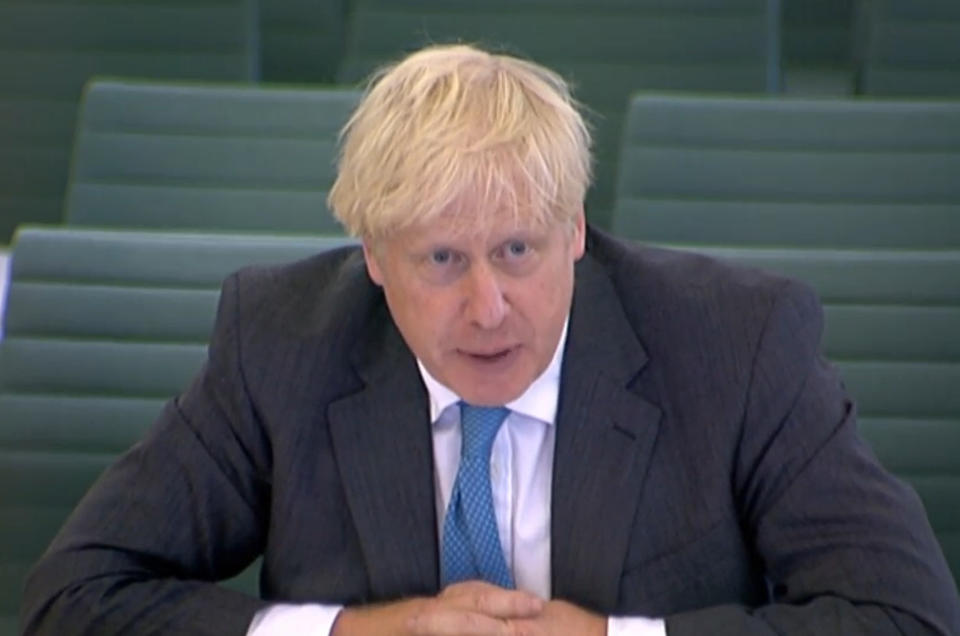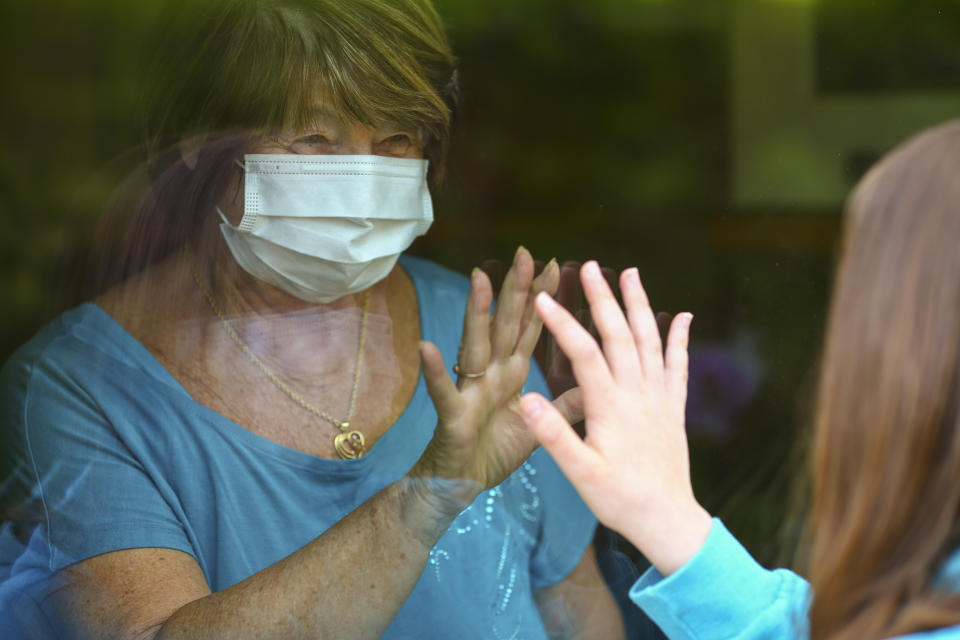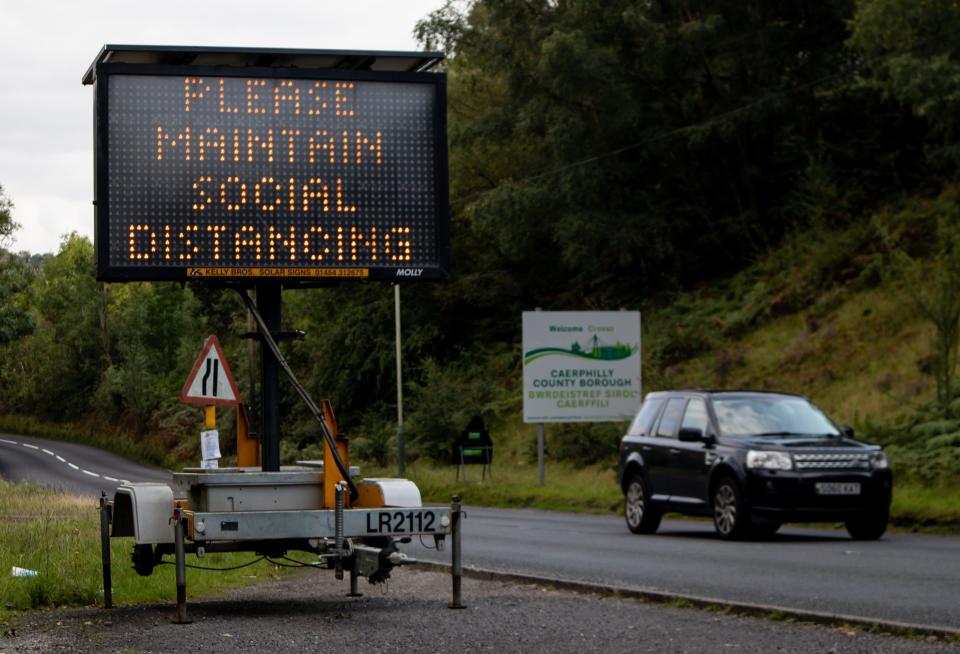Coronavirus two-week lockdown 'will only press pause on the pandemic', scientists warn

Scientists have warned a second coronavirus lockdown in the UK will only “press pause” on the spread of the pandemic.
On Friday, Boris Johnson warned a second lockdown was the “last thing anybody wants” but insisted the current measures would need to be kept “under review”.
He said: “On Monday we brought in the measures that we did, the ‘rule of six’, to really try and restrict what people are doing and to bring in a new buffer – and to make it absolutely clear, the ‘rule of six’: indoors six maximum, six outdoors maximum.
“I don’t want to get into a second national lockdown at all, it is the last thing anybody wants.”
But many scientists feel that, while a second lockdown may be inevitable, it will still leave problems to be addressed. Professor Devi Sridhar, chair of Global Public Health at Edinburgh University and an adviser to Nicola Sturgeon during the pandemic, tweeted: “Lockdowns just press pause on spread of virus. Press play and it starts spreading again.

“Need to use the time to build up testing and tracing. Test results have to be returned within 24 hours for system to work.”
With COVID-19 cases doubling every seven to eight days, the government could introduce nationwide restrictions for a short period to try to "short-circuit" the virus and slow the spread of the disease. But the plans will stop short of a full national lockdown, as seen in the spring, when the country was told to "stay at home".
Proposals being worked up for a "circuit breaker" could see essential travel to schools and workplaces continuing, but restaurants and bars would shut - or run on restricted hours - and households would be asked not to mix.
The restrictions could be put in place for two weeks, but the timing and duration of the measures has yet to be finalised.
However, Sridhar has said lockdowns will not stem the rate of infection, merely put it on hold.

Here are what other experts think about a 'circuit breaker lockdown':
There’s still a big problem
Prof Paul Hunter, Professor in Medicine at the University of East Anglia, says: “Any lockdown, whether local or national, will have an impact on transmission rates and ultimately will lead to a decline in reported case numbers starting from about two weeks after the start of lockdown and continuing for about two weeks afterwards.
“The problem is that cases decline in lockdown at a much slower rate than cases increase during the period before. This can be clearly seen by looking at the graph of case reports by day in the UK. In the 28 days up to the peak in early April case numbers were doubling about every 7 days and more rapidly than that early on. In the following 56 days cases numbers were only halving every 4 weeks though partly this was because of better availability of testing.
“So an on-off approach to lockdown is only likely to work if we have at least twice as long in lockdown as out of lockdown.”
‘A circuit break may become necessary’
Dr Simon Clarke, Associate Professor in Cellular Microbiology at the University of Reading, says: “With a fast-increasing number of infections, it’s imperative that the country gets ahead of the curve and prevents an even more rapid acceleration. Unless the tide can be turned by other restrictions on our lifestyles, stricter controls like the so-called ‘circuit break’ may become necessary.
“It’s true that younger people are over-represented in the new diagnoses in the UK and that they are at lower risk of developing serious disease, that picture is beginning to shift and it’s now becoming painfully clear from France that infections in low-risk groups can spread to people at higher risk.
"The developing culture clash about whether this is a second wave, or whether testing data is significant, is losing sight of the fact that COVID-19 has the ability to put large numbers of very unwell people into hospital, very quickly, preventing healthcare systems from treating their normal caseload. When the hospitals start filling up, who cares about the definition of a second wave?”

Less disruptive second time round
Prof Mark Woolhouse, Professor of Infectious Disease Epidemiology, University of Edinburgh, says: “At the end of the 2 weeks we would expect to see incidence start to increase again, but it would take some time before it returned to its pre-circuit breaker value. The expectation is that all this will buy several weeks of time which could be used, for example, to improve the performance of the test, trace and isolate system.
“One advantage of a circuit breaker is that it can be scheduled and planned for; in contrast to previous national and local lockdowns, we would know in advance how long it would last. That should mean that it is less disruptive to businesses and the economy.”

Two weeks not enough
Prof Rowland Kao, Professor of Veterinary Epidemiology and Data Science, University of Edinburgh, says: “While a two week lockdown will undoubtedly reduce the infection rate, the danger is that it is uncertain whether something less than the total lockdown of March will have enough of an impact to actually reduce R below one under the current circumstances – e.g. if schools and universities are allowed to continue to operate with in-person contact.
“If it does not, the pressures on Test and Trace and the risks to the vulnerable including those in hospitals, will only continue to increase. Crucially, two weeks will be insufficient time to fully assess the impact of those restrictions.
“Even if R drops below one, cases will continue at similar levels for some time. Thus, for the slowing down effect of the ‘circuit break’ to be helpful, this would require that there be enough time for the current Test and Trace difficulties to be resolved. Two weeks is unlikely to be enough for this.”
Coronavirus: what happened today
Click here to sign up to the latest news, advice and information with our daily Catch-up newsletter


